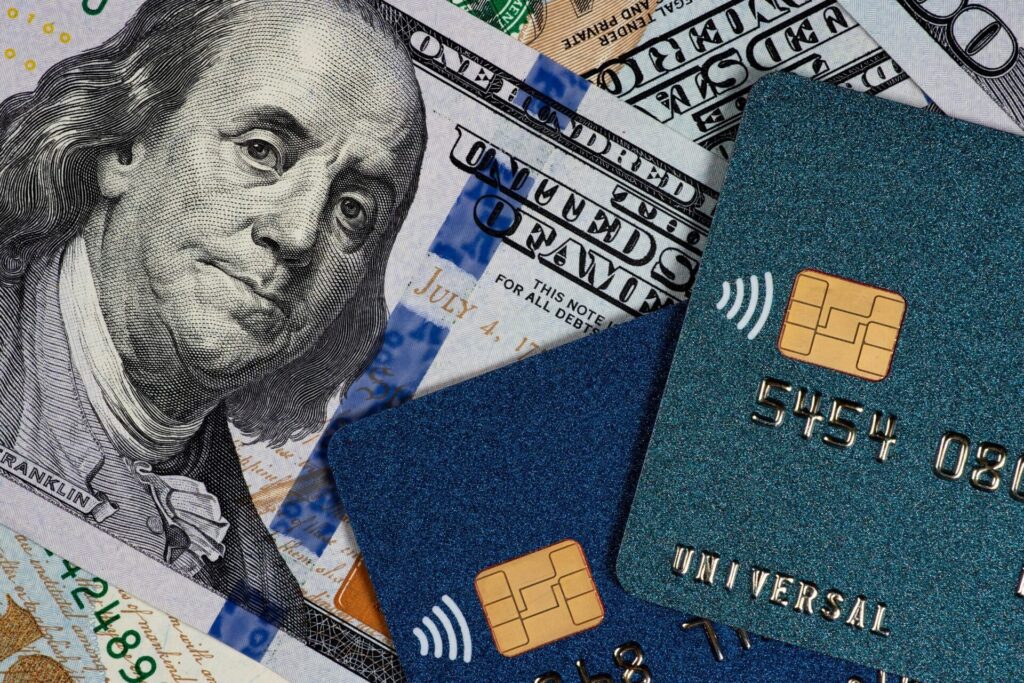These days, we have more options than ever when it comes to financing their purchases. Two popular choices are personal loans and buy now, pay later (BNPL) services. Each has its own advantages and potential drawbacks, and the right one for you depends on your financial situation and goals. Here’s a breakdown of the differences between a personal loan and BNPL and when to use each.
Personal loans:
– What are they? Personal loans are lump-sum loans issued by banks, credit unions, or online lenders. They typically come with fixed interest rates and repayment terms ranging from one to seven years.
– What can you use them for? These loans can be used for things like debt consolidation, home improvements, medical expenses, or major purchases.
– How do you repay them? You make monthly payments that include both principal and interest until the loan is fully repaid.
Buy now, pay later (BNPL):
– What is it? BNPL allows you to split the cost of a purchase into several smaller, interest-free payments over a short period, usually a few weeks to a few months.
– What can you use it for? Most commonly, you use BNPL for retail purchases, like electronics, clothing, and other consumer goods.
– How do you repay them? Payments are generally deducted from your bank account or charged to your credit card at regular intervals.
When to use a personal loan
1. Larger, planned expenses
Personal loans are ideal for larger, planned expenses that you need time to pay off. For example, if you’re looking to renovate your home or consolidate high-interest debt, a personal loan offers a structured repayment plan with a fixed interest rate.
Example: You want to finance a $10,000 home renovation project. A personal loan can provide the full amount upfront, with predictable monthly payments over a set term, making it easier to budget.
2. Debt consolidation
If you have multiple high-interest debts, consolidating them into a single personal loan can simplify your finances and potentially lower your overall interest rate. This can save you money and help you pay off debt faster.
Example: You have several credit card balances with high interest rates. A personal loan can consolidate these balances into one loan with a lower interest rate, reducing your monthly payments and total interest paid.
3. Fixed interest rates
Personal loans usually come with fixed interest rates, providing certainty in your monthly payments. This can be beneficial for long-term budgeting and financial planning.
Example: You prefer stability in your financial commitments. A personal loan with a fixed interest rate ensures your payments won’t change over time, unlike variable-rate financing options.
When to use buy now, pay later
1. Smaller, immediate purchases
BNPL is best suited for smaller, immediate purchases that you can pay off quickly. If you need to buy a new laptop for school or a wardrobe update for a new job, BNPL allows you to spread the cost over a few payments without incurring interest.
Example: You need a $600 laptop for work, but you don’t want to pay the full amount upfront. BNPL lets you split the cost into four interest-free payments of $150, making it a little more manageable.
2. Interest-free financing
One of the biggest advantages of BNPL is the interest-free period, which can make it a cost-effective way to finance purchases if you can pay off the balance within the promotional period.
Example: There’s a $300 pair of shoes you just must have. You buy them using a BNPL service that offers six weeks of interest-free payments. As long as you pay off each installment on time, you won’t pay any interest or fees.
3. Convenience and speed
BNPL services are offered in many online and in-store checkouts, so they’re quick and easy to use. There’s no long application process, and you can usually get approval instantly.
Example: You’re shopping online and see a BNPL option at checkout. You can quickly split the $200 purchase into four payments of $50 without filling out extensive loan applications.










